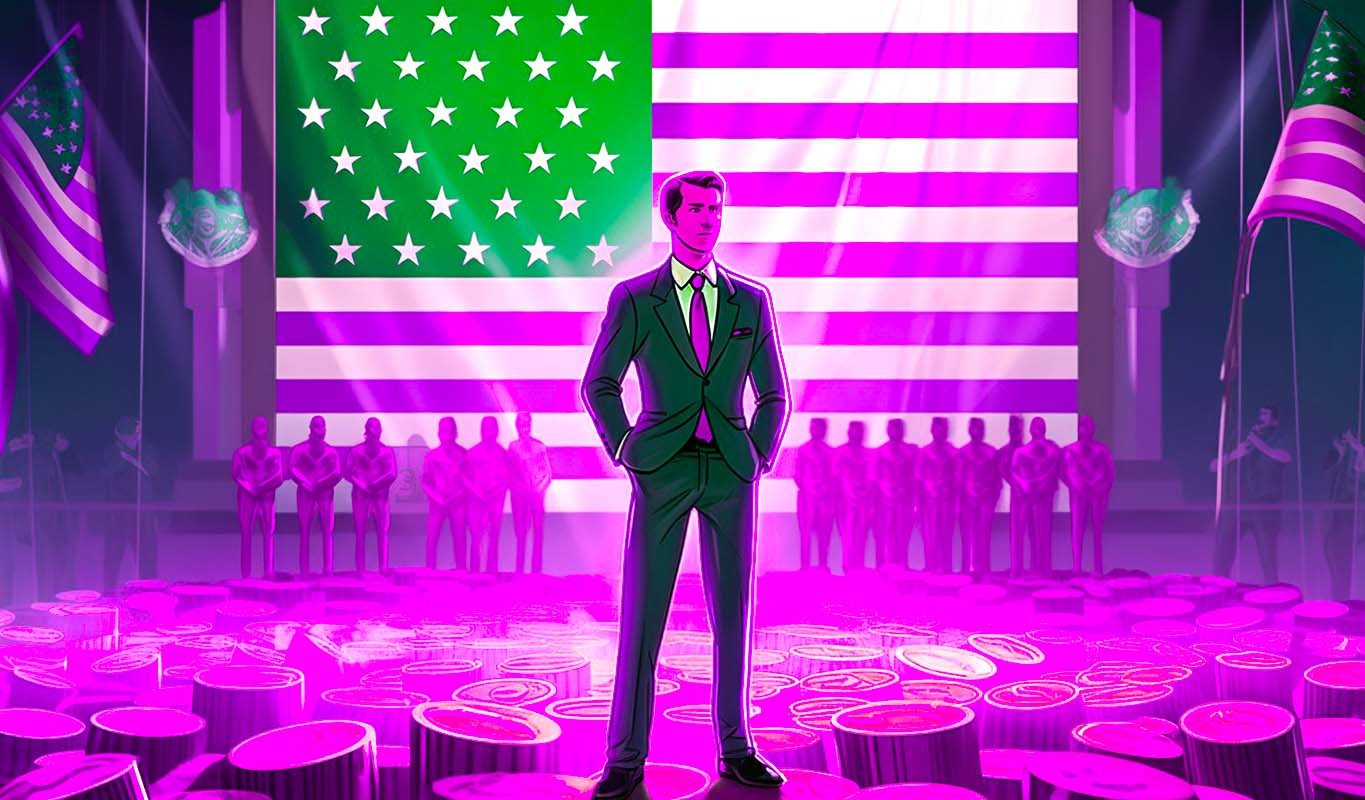The Federal Reserve isn’t playing games when it talks about the U.S. economy. With perhaps way too much confidence, it’s talking about an enduring strength in economic activity. The message is loud and clear. Don’t expect the cost of borrowing money to get cheaper anytime soon.
Loretta Mester of the Cleveland Federal Reserve and someone who gets a say in what happens with interest rates, has tossed her previous predictions in the bin. She’s now betting that the benchmark interest rate, a fancy term for what banks charge each other for overnight loans, could hover around 3 percent over the long haul. That’s a hop, skip, and a jump from her earlier guess of 2.5 percent.
Now, before we get into the thick of it, let’s lay down some groundwork. The Federal Reserve, or the Fed as it’s commonly known, has a pretty important job. It’s like the economy’s thermostat, adjusting the heat (interest rates) to keep things comfortable (stable prices and maximum employment). But here’s the kicker – the Fed’s been on a rate-hiking spree, pushing costs to a 23-year peak to tackle inflation, a sneaky beast that erodes your buying power faster than a hot knife through butter.
Riding the Rate Rollercoaster
Inflation had been running wild, hitting levels that would make your wallet weep. The Fed fought back, hiking rates like it was going out of style. But as the dust starts to settle, with inflation showing signs of cooling off, the big question on everyone’s mind is: when will borrowing costs come down? Mester, with a tone that’s equal parts hopeful and cautious, suggests not to hold your breath for a rate cut, at least not by May. However, she’s not slamming the door shut on the possibility of easing the financial reins come mid-June. The economy’s still showing some muscle, flexing its resilience against the backdrop of these higher rates.
Investors, always on the lookout for what’s next, had their bets on a rate cut as soon as spring. However, Mester’s comments have thrown a bit of cold water on those expectations. It seems the Fed is in no rush, adopting a wait-and-see approach. They’re looking for solid proof that inflation is on a leash, steadily heading towards their 2 percent comfort zone.
Across the board, there’s a mix of anticipation and speculation. Some of the Fed’s own are leaning towards trimming rates down the line, predicting a few cuts by the year’s end to ease off the financial pressure. Yet, this forecast isn’t set in stone, with Fed officials quick to clarify that these projections are just that – educated guesses, not promises.
The Economy’s Balancing Act
Let’s talk strategy and expectations. Mester’s adjustment in her rate outlook isn’t pulled from thin air. It’s a nod to the economy’s surprising tenacity and a recognition of higher estimates for what’s considered a “neutral” interest rate. This mythical neutral rate is basically the Goldilocks zone – not too hot, not too cold, but just right to keep the economy chugging along without sparking inflation or putting the brakes on growth.
But here’s the curveball – despite the Fed’s cautious stance, the market’s betting otherwise. Traders are wagering that the Fed might blink first, easing up on rates less aggressively than initially thought. This skepticism is fueled by recent data showing the economy still has some fight left, even as inflation sticks around like a bad habit.
Meanwhile, Mester’s preparing to pass the baton, with her term ending in June. Yet, her departure isn’t likely to put a lid on the debate over where interest rates are headed. The conversation is just heating up, with plenty of back-and-forth expected among those steering the economic ship.
So, there you have it. The Fed, with its finger on the pulse of the economy, is signaling that it’s not quite ready to ease up.





